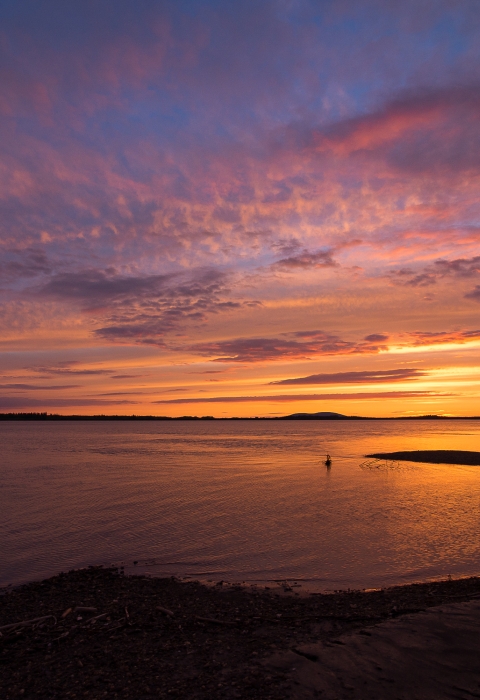A national wildlife refuge is typically a contiguous area of land and water managed by the U.S. Fish and Wildlife Service for the conservation and, where appropriate, restoration of fish, wildlife and plant resources and their habitats for the benefit of present and future generations of Americans. Wildlife conservation drives everything on refuges, from the purposes for which each refuge is established to the recreational activities offered to the resource management tools used. Each refuge is established to serve a statutory purpose that targets the conservation of native species dependent on those lands and waters. All activities on refuges are reviewed for compatibility with this statutory purpose.
Beyond their primary mission of wildlife conservation, national wildlife refuges are important in other ways. They offer healthy, world-class outdoor recreation. They improve air and water quality across the nation. They help lessen the impact of natural disasters on local communities. They reduce the risk of wildfire. They help preserve the nation’s cultural heritage. They add to the nation’s economic well-being. See 11 Ways Wildlife Refuges Make Like Better.
